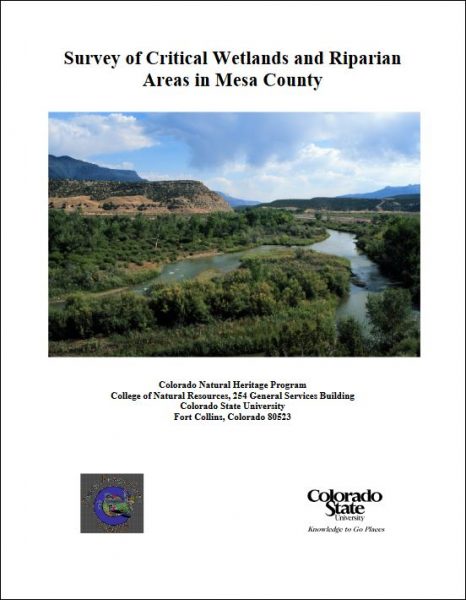Wetlands and riparian areas are important parts of our ecosystem. They provide for a diverse array of fish and wildlife species and vegetation, provide protection from erosion, help mitigate floods and drought, naturally decompose organic waste, and even help purify the air. According to the Bureau of Land Management (BLM),
May marks American Wetlands Month, a time to celebrate the important role wetlands play in our Nation’s environmental, ecological and socio-economic health. Wetlands provide many significant benefits for fish and wildlife as well as society. The inherent, unique natural characteristics of wetlands include protecting and improving water quality, providing fish and wildlife habitat, floodwater storage, coastal protection, and increased water storage and supply.
Executive Order 11990, Protection of Wetlands, was signed on May 24, 1977 by President Jimmy Carter. It requires, in conjunction with the National Environmental Policy Act (NEPA), that agencies must “provide opportunity for early public review of any plans or proposals for new construction in wetlands.” You can learn more about how this requirement applies to Colorado state agencies in the Colorado Department of Transportation (CDOT)’s NEPA manual and in their Wetland Program Book. Our library collection includes many CDOT plans and environmental assessments which include analysis of impacts to wetlands; search our online catalog for specific construction projects.
In 2018, CDOT and the Colorado Natural Heritage Program teamed up to publish the Colorado Department of Transportation Roadside Fen Inventory, which can also be accessed via our library. The Colorado Natural Heritage Program (CNHP), sponsored by Colorado State University, has published numerous studies on Colorado wetlands and their associated plants and wildlife. Some titles include:
- Assessing Ecological Condition of Headwater Wetlands in the Southern Rocky Mountains Using a Vegetation Index of Biotic Integrity
- Assessment of Wetland Condition of the Rio Grande National Forest
- Colorado Natural Heritage Program Wetland Program Plan and status updates
- Comprehensive Statewide Wetlands Classification and Characterization
- Ecological Integrity Assessment for Colorado Wetlands
- Identification and Assessment of Important Wetlands within the North Platte River Watershed
- A Natural Heritage Assessment of Wetlands and Riparian Areas in the Uncompahgre River Basin
- North Platte River Basin Wetland Profile and Condition Assessment
- Statewide Strategies to Improve Effectiveness in Protecting and Restoring Colorado’s Wetland Resource
- Survey and Assessment of the “Alamosa Marshes” Area, San Luis Valley, Colorado
- Vegetation Index of Biotic Integrity for Southern Rocky Mountain Fens, Wet Meadows, and Riparian Shrublands
- Wetland Mapping and Fen Survey in the White River National Forest
CNHP has also produced Colorado county surveys of critical wetlands, including
- Archuleta County

- Dolores County
- El Paso and Pueblo Counties
- Fremont County
- Garfield County
- Gilpin County
- Grand County
- Gunnison County
- Hinsdale County
- La Plata County
- Larimer County
- Mesa County
- Park County
- Rio Grande and Conejos Counties
- Routt County
- Southern Alamosa and Costilla Counties
- Summit County
You can also learn more at their What Are Wetlands? webpage. On their website you can also download field guides and a wetlands app.
The Colorado Department of Natural Resources has also produced several studies on wetlands, including Conserving Wetlands on Colorado’s Agricultural Lands; Best Management Practices for Wetlands Within Colorado State Parks; and Wetlands of Colorado.
- How to Spot the Differences Between Eagles and Hawks - August 16, 2021
- How Transportation Projects Help Tell the Story of Colorado’s Past - August 9, 2021
- Time Machine Tuesday: The Night the Castlewood Canyon Dam Gave Way - August 3, 2021